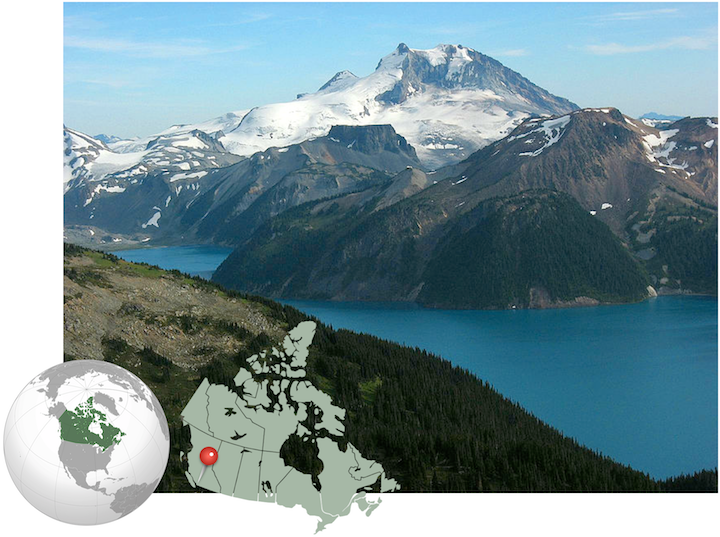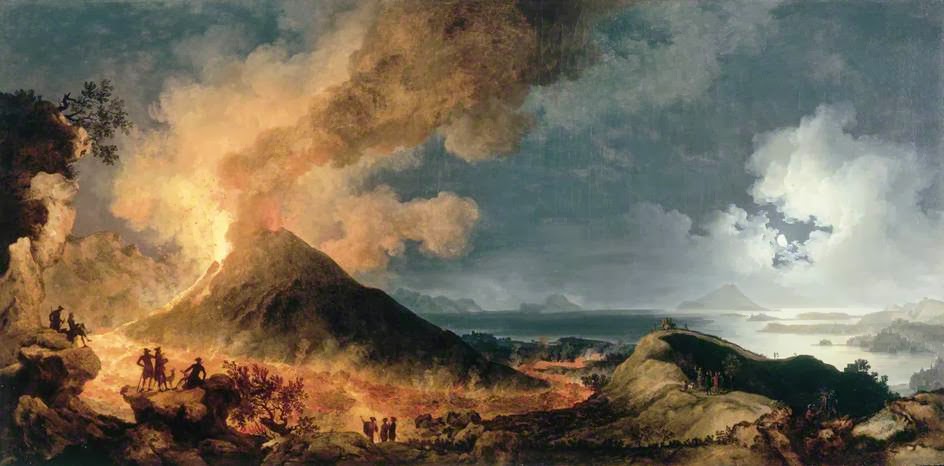Chapter 11. Volcanism

Learning Objectives
After reading this chapter and answering the Questions For Review at the end, you should be able to:
- Explain what a volcano is.
- Describe the different kinds of materials produced by volcanoes.
- Describe the structures of shield volcanoes, composite volcanoes, and cinder cones.
- Explain how the style of a volcanic eruption is related to magma composition.
- Describe the role of plate tectonics in volcanism and magma formation.
- Summarize the hazards that volcanic eruptions pose to people and infrastructure.
- Describe how volcanoes are monitored, and the signals that indicate a volcano could be ready to erupt.
- Provide an overview of Canadian volcanic activity.
Chapter Goals
Complete this chapter so you can:
- Explain what a volcano is.
- Describe the different kinds of materials produced by volcanoes.
- Describe the structures of shield volcanoes, composite volcanoes, and cinder cones.
- Explain how the style of a volcanic eruption is related to magma composition.
- Describe the role of plate tectonics in volcanism and magma formation.
- Summarize the hazards that volcanic eruptions pose to people and infrastructure.
- Describe how volcanoes are monitored, and the signals that indicate a volcano could be ready to erupt.
- Provide an overview of Canadian volcanic activity.
Why Study Volcanoes?
Volcanoes are awe-inspiring natural events. They have instilled fear and fascination with their red-hot lava flows, and cataclysmic explosions. In his painting The Eruption of Vesuvius (Figure 11.2), Pierre-Jacques Volaire captured the stunning spectacle of the eruption on Mt. Vesuvius on 14 May 1771. He also captured some stunningly casual spectating being done by tourists and their dog (lower left).

As Volaire’s painting suggests, curiosity alone would be enough to make people want to learn why volcanoes happen and how they work. However, there are other reasons why we should know more about volcanoes. One reason is that studying volcanoes helps us understand the evolution of the Earth system—not just Earth’s geological features, but past changes in climate, and even the causes of mass extinctions. Another reason is the critical need to understand the hazards posed by volcanoes to people and infrastructure. Over the past few decades, volcanologists have made great strides in their ability to forecast volcanic eruptions and predict the consequences, saving thousands of lives.

